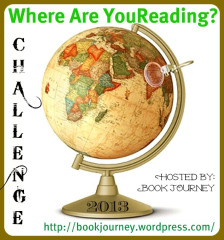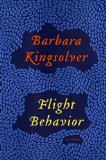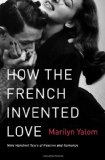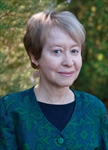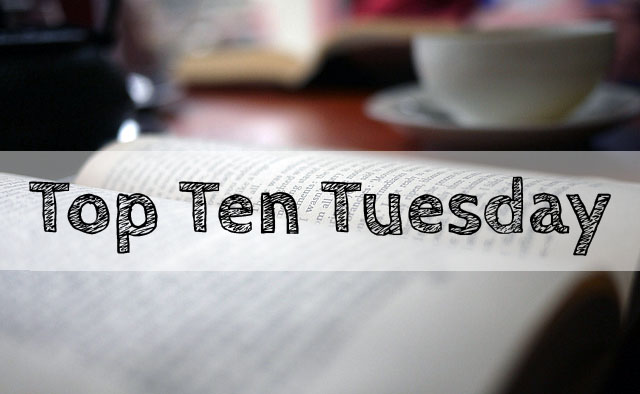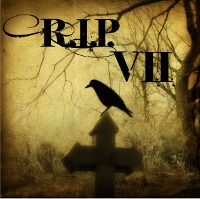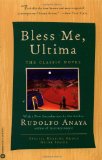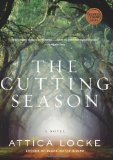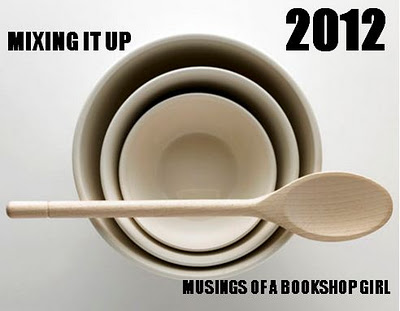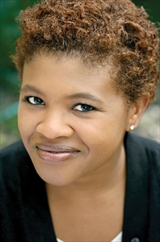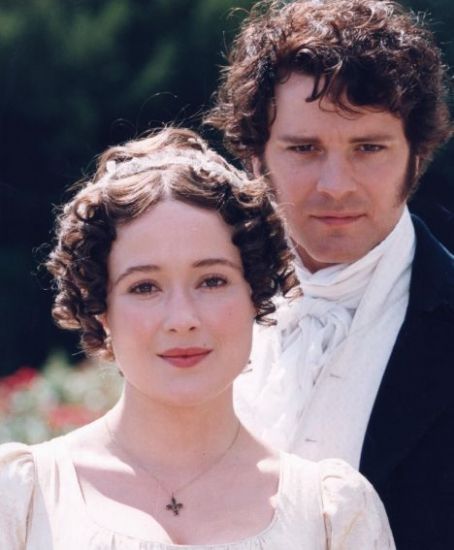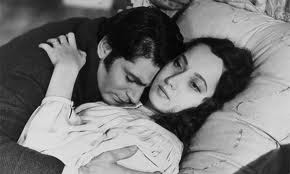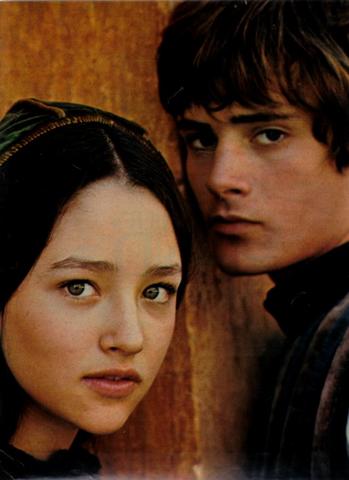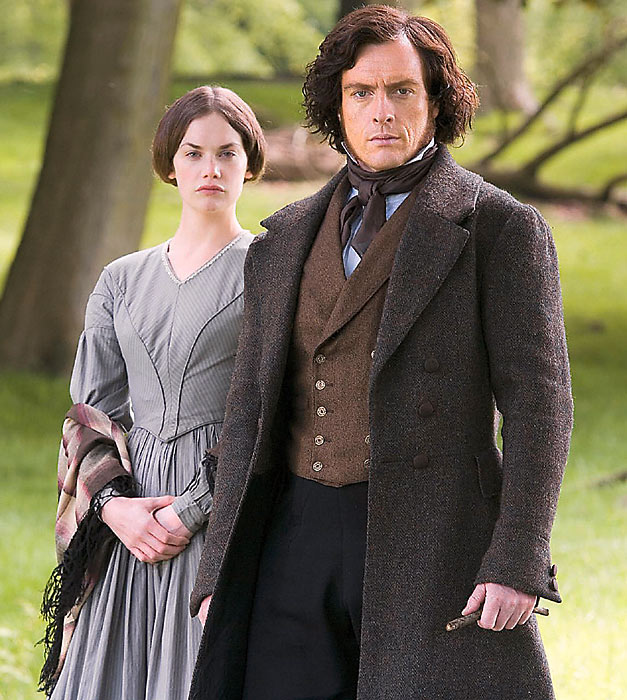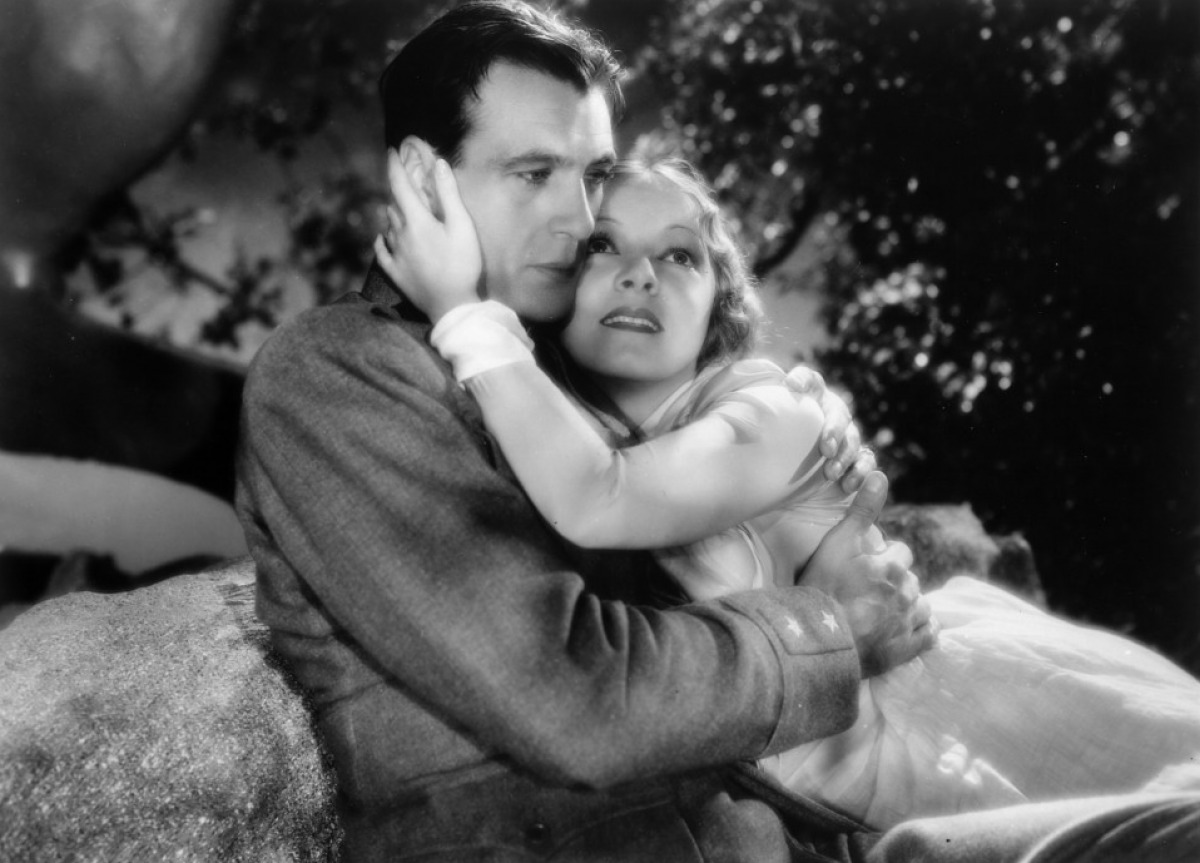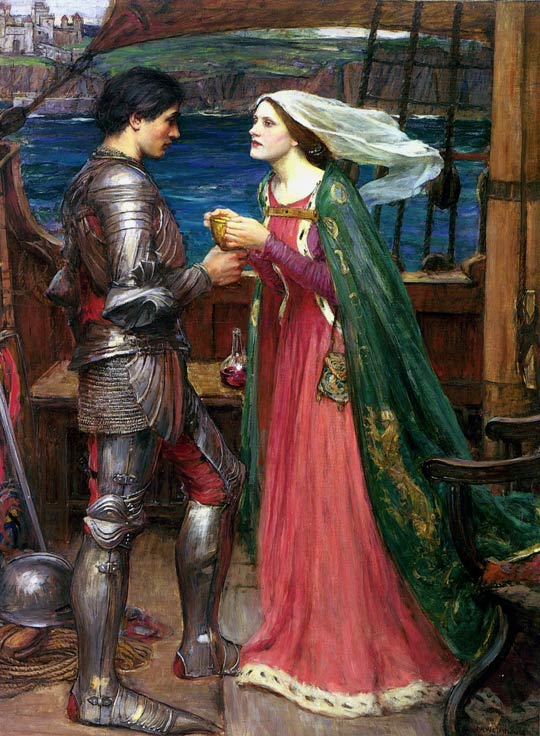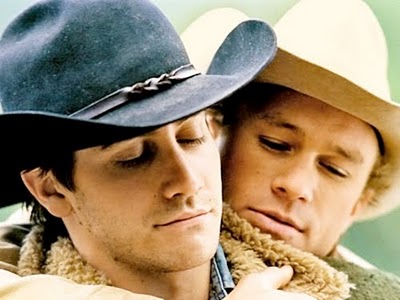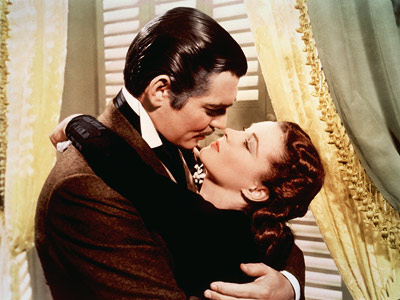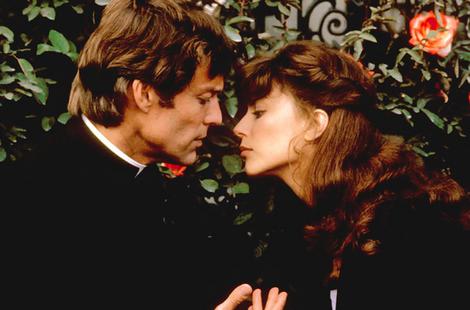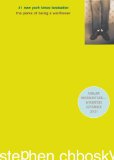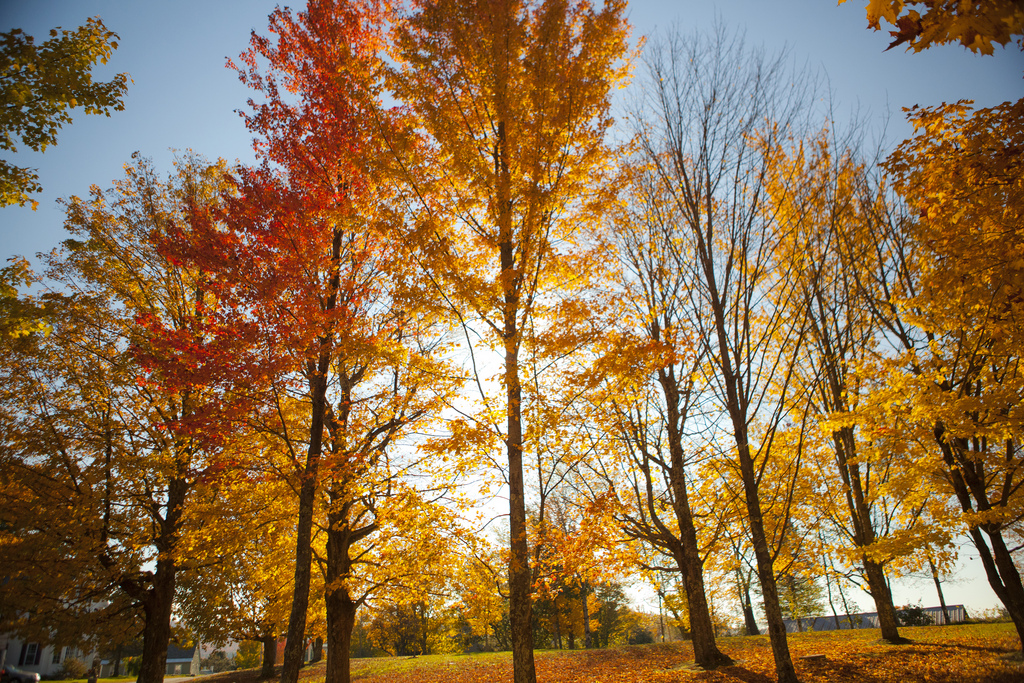I need to preface this post with the admission that 2012 was a wash for me as far as meeting any of my reading goals, including reading challenges. However, I also moved and started a new job, so I have forgiven myself and decided to make 2013 a better reading year. To that end, I’m going to participate in some of my favorite challenges, but I’m not going to stress myself out by taking on more than I can handle, nor am I going to try to host my own challenge this year.
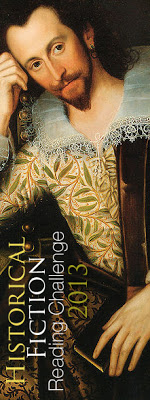 Historical Tapestry hosts a Historical Fiction Challenge every year, and 2013 is no exception. As historical fiction is one of my favorite genres, I don’t need much prodding to participate in this challenge. I want to be more active this year, however. I plan to participate at the Renaissance Reader level of 10 books, but I will perhaps read more than that.
Historical Tapestry hosts a Historical Fiction Challenge every year, and 2013 is no exception. As historical fiction is one of my favorite genres, I don’t need much prodding to participate in this challenge. I want to be more active this year, however. I plan to participate at the Renaissance Reader level of 10 books, but I will perhaps read more than that.
Carl‘s R.I.P. Challenge is usually announced later, and I always participate in that challenge as well. I may also participate in his Once Upon a Time Challenge this year, too, as I plan to read a bit more fantasy in 2013.
As of right now, I haven’t seen any Jane Austen reading challenges out there, but I plan to re-read [amazon asin=0674049160&text=Pride and Prejudice], starting on the 200th anniversary of its publication and will be trying some other Austen-related books.
Once again, I will also participate in the Where are You Reading Challenge. I love creating Google Maps of my reading progress and seeing patterns in the places where the novels I read are set. This challenge has no set number of books. I simply need to remember to create a Google Map pin for each book I read.
Another challenge? Make new soap recipes based on my favorite 5-star reads in 2013. I figure that’s doable because not every book will be 5 stars, and I love making soap. In fact, it may this new hobby prevented me from reading perhaps 10 of the books I intended to read this year. But I don’t regret it at all.
Another goal I have is to read 50 books, a goal I failed to achieve this year. I came close in 2011, though 50 was not my goal that year. I barely made it to half 50 books this year. I think I can do it if I dedicate myself to the task.
Finally, I would like to blog more. I didn’t blog as much here or anywhere this year. I fell desperately behind in my own feed reader. I think perhaps I should use some of my time off to figure out how to follow the blogs I enjoy a little better and leave more regular comments, too.
What do you have in mind for your next year of reading?
